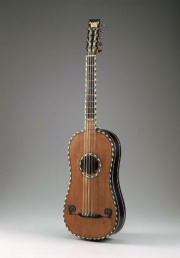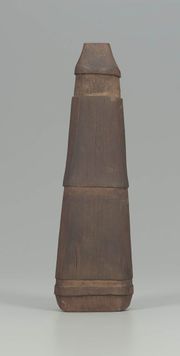Difference between revisions of "Red cedar"
Jump to navigation
Jump to search
m (Text replace - "\[http:\/\/cameo\.mfa\.org\/materials\/fullrecord\.asp\?name=([^\s]+)\s(.*)\]" to "$2") |
|||
| Line 1: | Line 1: | ||
[[File:Image3_802592.jpg|thumb|'''MFA Acc. #:''' 1993.576]] | [[File:Image3_802592.jpg|thumb|'''MFA Acc. #:''' 1993.576]] | ||
| + | [[File:17.2214-SC29687.jpg|thumb|'''MFA Acc. #:''' 17.2214]] | ||
== Description == | == Description == | ||
| Line 13: | Line 14: | ||
<gallery> | <gallery> | ||
| − | |||
File:Arom._red_cedar.jpg|Aromatic red cedar (''Juniperus virgiania'') | File:Arom._red_cedar.jpg|Aromatic red cedar (''Juniperus virgiania'') | ||
</gallery> | </gallery> | ||
Revision as of 07:57, 14 April 2020
Description
1) An evergreen tree, Juniperus virginiana, more commonly known as Eastern red cedar.
2) An evergreen tree, Thuja plicata, native to the Pacific northwest. It is also called pacific red cedar and western red cedar.
Synonyms and Related Terms
eastern red cedar; western red cedar; cèdre rouge (Fr.)
Additional Images
Sources Checked for Data in Record
- Dictionary of Building Preservation, Ward Bucher, ed., John Wiley & Sons, Inc., New York City, 1996
- G.S.Brady, Materials Handbook, McGraw-Hill Book Co., New York, 1971 Comment: p. 426
- The American Heritage Dictionary or Encarta, via Microsoft Bookshelf 98, Microsoft Corp., 1998


